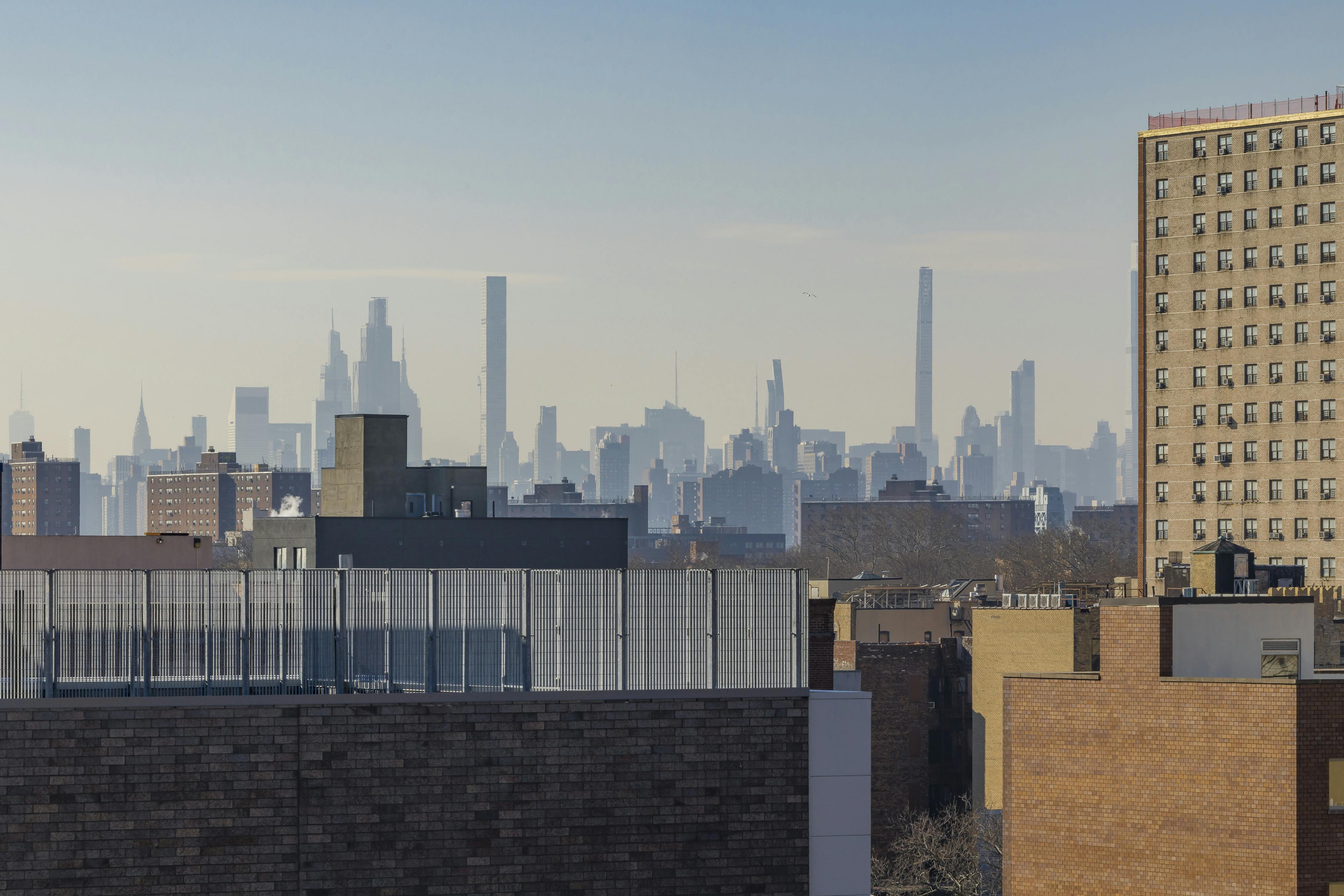Media Mentions
Why 485x Works: A Real-World Look at NYC’s New Development Incentive
Commercial Observer- by Lev Kimyagarov
New York City has never been an easy place to build. Between high land costs, volatile property taxes, complex zoning, and political scrutiny, getting a multifamily project off the ground is a battle even in the best markets.
When the long-running 421a program expired in 2022, it left a vacuum in the city’s housing pipeline. Developers hit the pause button. Projects stalled. And the city’s housing shortage worsened.
Now we’ve got 485x, the state’s new multifamily tax incentive. Some say it’s too complicated. Others say it won’t be enough to jump-start construction. But here’s the reality: 485x works. In fact, it fixes real flaws in the old system, aligns with today’s political and economic climate, and, most importantly, gets deals moving again.
The city’s use of property tax abatements dates to 1971, when the original 421a program was created to stimulate rental housing development. Over the years, 421a went through multiple revisions, including affordability requirements added in 2008 and expansion in 2017, before expiring in 2022 amid political deadlock and questions about its effectiveness.
Enter 485x. It’s not a clone of 421a. It’s a different tool, one designed to reflect today’s labor market, affordability goals, and cost environment.
The old 421a had its moments, but by the end, it wasn’t working. It offered long tax breaks for projects that didn’t deliver meaningful affordability. It lacked geographic precision. It treated all projects the same, regardless of size or context. 485x changes that.
Here’s how:
Longer abatements: 485x offers up to 40 years of tax abatement for large projects, five years more than 421a, which better offsets rising land and labor costs.
Targeted wage requirements: Instead of a one-size-fits-all model, 485x applies prevailing wage mandates only to projects with 100 or more units. Smaller builders can still participate without union labor cost burdens.
Simpler, clearer affordability formulas: With options like 20 percent of units at 80 percent of area median income (AMI), underwriting is easier, financing is more straightforward, and deals are more predictable.
More strategic incentive design: 485x connects better with other city initiatives — like the City of Yes — giving density bonuses for deeper affordability and aligning zoning incentives with the tax benefit.
And here’s what makes 485x viable and even compelling right now:
Tax abatements offset rising costs: With assessments spiking unpredictably, locking in a 10- to 40-year tax abatement is critical. It removes uncertainty and makes pro formas pencil out.
Rents are sky high: Market-rate units in prime areas are achieving $70 to $85 or more per square foot. That’s enough to subsidize the affordable units and still generate strong returns.
Affordable rents are inflation-protected: Rents on income-restricted units rise annually with AMI, offering built-in growth that improves long-term yield.
Construction wage inflation is modest: Wages are projected to increase about 2.5 percent annually, well below the 4 to 6 percent pace of rent growth in many city submarkets.
Higher-skilled labor improves efficiency: The wage requirements bring in more qualified crews, reducing delays, mistakes, and timeline risks. That predictability has real value.
It works for small developers, too: One of the smartest features of 485x is how it tailors benefits by project size.
If you’re building fewer than 100 units, there’s no wage requirement. You can build a six- to 10-unit rental project, stabilize half the units, and still make the numbers work thanks to the abatement. 485x’s Option C is a game-changer for small and midsize operators. And, if you’re going big, you can stack the incentives. Between the 40-year tax benefit and zoning floor area bonuses tied to affordability, the numbers start to align, even with higher labor costs.
Is 485x perfect? No. But no incentive program ever will be. It’s not designed to be easy, it’s designed to be doable. It reflects the political realities in Albany, the fiscal demands of the city, and the financial pressures developers face on the ground.
And, most importantly, it gets buildings built.
If you’re serious about development in New York City, you work with the tools you have, not the ones you wish for. 485x is the best framework we’ve had in years. It creates clarity, predictability, and upside if you know how to use it.
So, no, 485x isn’t a dud. It’s a step forward. And, in a city desperate for housing, that’s exactly what we need.
Lev Kimyagarov is co-founder and managing principal of Development Site Advisors.

